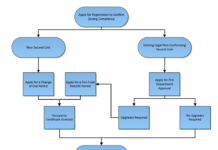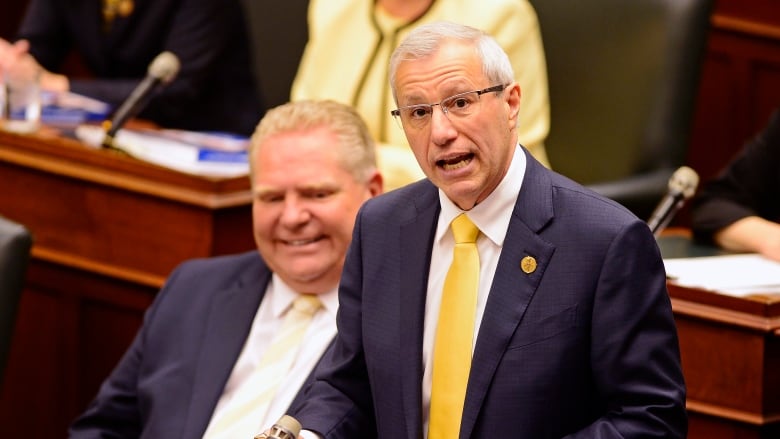The first Budget of Ontario’s Government for the People sets out a five-year path to a balanced budget to protect critical public services like health care and education. In the nine short months since taking office, the government has already reduced the deficit by $3.3 billion, going from $15 billion to a projected $11.7 billion for the 2018–19 fiscal years.
By restoring fiscal balance, the government is protecting critical public services, including our world-class health care and education systems, for generations to come. Here are some bullet points.
Dental Care
- Introducing a new dental program for low-income seniors who lack benefits. Individual seniors with annual incomes of $19,300 or less, or senior couples with combined incomes of less than $32,300, will be able to receive dental services in public health units, community health centres and Aboriginal Health Access Centres across the province. The program would begin by late summer 2019.
- The dental care program will be an annual investment of approximately $90 million when fully implemented.
- By this coming winter, the program will expand to include new dental services in underserviced areas, including through mobile dental buses and an increased number of dental suites in public health units.
Ending hallway health care
- Ending hallway health care, and giving patients and families access to better and more connected health care by investing an additional $384 million in hospitals and an additional $267 million in home and community care. This will include increasing front-line care delivery, such as personal support services, nursing, therapy and other professional services at home and in the community. This is expected to reduce waitlists for long-term care.
Creating long-term care solutions
- As part of ending hallway health care, the government will create 15,000 new long-term care beds and upgrade 15,000 older long-term care beds to meet modern design standards over the next five years, for a total investment of approximately $1.75 billion in additional funding.
- In addition to the over 6,000 new beds previously allocated, 1,157 new long-term care beds will immediately be allocated to 16 projects across the province.
Improving treatment for mental health
- Investing $3.8 billion for mental health, addictions and housing supports over 10 years, beginning with the creation of a mental health and addictions system.
- In 2019–20, an investment of $174 million will support community mental health and addictions services, mental health and justice services, supportive housing and acute mental health inpatient beds.
Tax relief for families when they need it most
- Proposing to provide tax relief for families when they need it the most, as the death of a loved one is a difficult time. Effective January 1, 2020, the Estate Administration Tax would be eliminated for taxable estates with assets of $50,000 or less, and would be reduced by $250 for larger taxable estates.
Making Ontario more accessible
- Partnering with the Rick Hansen Foundation to launch the Rick Hansen Foundation Accessibility CertificationTM program to help the 43 per cent of seniors living with a disability. With a $1.3 million investment over two years, the program will prepare accessibility assessments of businesses and public buildings and determine ways to remove any barriers for people with visible and invisible disabilities.
In 2018-19, the net debt‐to‐GDP ratio is projected to be 40.2 percent or 0.3 percentage points lower than the 40.5 percent forecast in the 2018 Fall Economic Statement and 0.6 percentage points lower than the Commission’s forecast.
However, it is 2.6 percentage points higher than was forecast in the 2018 Ontario Budget primarily due to an increase in the deficit resulting from the Commission’s findings on revising the previous government’s accounting treatment of global adjustment refinancing and jointly sponsored pension plans (JSPPs).
The revised accounting treatment for JSPPs includes the impact of adopting the accounting treatment on are proactive basis from 2001–02 onward, which added accumulative $14.6 billion to net debt. There is no impact on the Province’s borrowing requirements, either going forward or looking back to 2001–02, from this accounting change.
Building on the Commission’s recommendations and taking into account new information, as well as government actions and decisions to date, the government is projecting declining deficits over the medium‐term of $10.3 billion in 2019–20, $6.8 billion in 2020–21, and $5.6 billion in 2021–22. Net debt‐to‐GDP is forecast at 40.7 percent in 2019–20, lower than the Commission’s revised baseline for 2018–19, before decreasing over the medium‐term outlook.



















